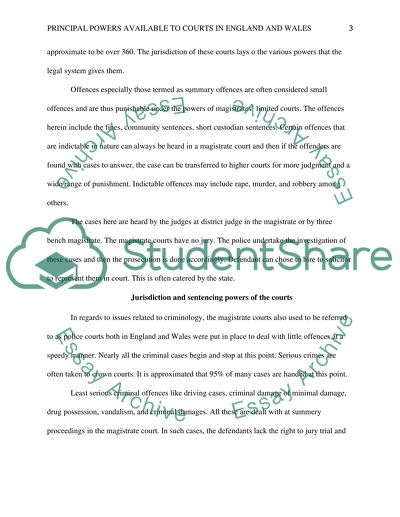Cite this document
(“Identify the principal powers available to the courts in England & Essay”, n.d.)
Identify the principal powers available to the courts in England & Essay. Retrieved from https://studentshare.org/law/1473579-identify-the-principal-powers-available-to-the
Identify the principal powers available to the courts in England & Essay. Retrieved from https://studentshare.org/law/1473579-identify-the-principal-powers-available-to-the
(Identify the Principal Powers Available to the Courts in England & Essay)
Identify the Principal Powers Available to the Courts in England & Essay. https://studentshare.org/law/1473579-identify-the-principal-powers-available-to-the.
Identify the Principal Powers Available to the Courts in England & Essay. https://studentshare.org/law/1473579-identify-the-principal-powers-available-to-the.
“Identify the Principal Powers Available to the Courts in England & Essay”, n.d. https://studentshare.org/law/1473579-identify-the-principal-powers-available-to-the.


